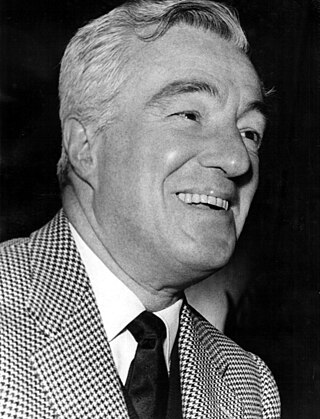
Vittorio De Sica was an Italian film director and actor, a leading figure in the neorealist movement.

Enrico Viarisio was an Italian theatre and cinema actor.

Telefoni Bianchi films, also called deco films, were made by the Italian film industry in the 1930s and the 1940s in imitation of American comedies of the time in a sharp contrast to the other important style of the era, calligrafismo, which was highly artistic. The cinema of Telefoni Bianchi was born from the success of the Italian film comedy of the early 1930s; it was a lighter version, cleansed of any intellectualism or veiled social criticism.

Mario Camerini was an Italian film director and screenwriter.

Mario Soldati was an Italian writer and film director. In 1954, he won the Strega Prize for Lettere da Capri. He directed several works adapted from novels, and worked with leading Italian actresses, such as Sophia Loren and Gina Lollobrigida.
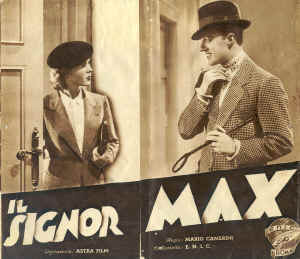
Il Signor Max is a 1937 Italian "white-telephones" comedy film directed by Mario Camerini and starring Vittorio De Sica and Assia Noris.

Umberto Melnati was an Italian film actor

Armando Migliari was an Italian film actor. He appeared in 103 films between 1914 and 1965.

Nino Besozzi was an Italian film actor. He appeared in more than 50 films between 1931 and 1970. He was born in and died in Milan, Italy.
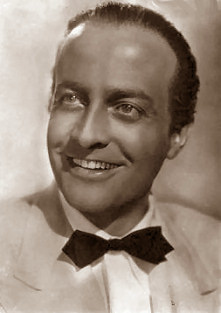
Osvaldo Valenti was an Italian film actor. Valenti starred in several successful Italian movies of the late 1930s and early 1940s, such as the famous The Iron Crown and The Jester's Supper. He appeared in more than 50 films between 1928 and 1945. He and his lover, Luisa Ferida, were executed by partisans in Milan, Italy, due to their links with Fascism. Their story was portrayed in the 2008 film Wild Blood.

Guglielmo Barnabò was an Italian stage and film actor. He appeared in more than 90 films between 1926 and 1954.
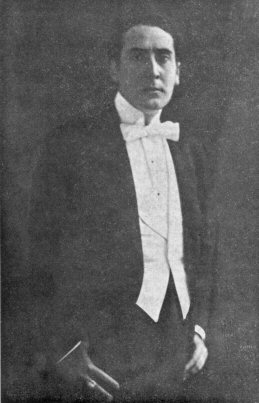
Mario Bonnard was an Italian actor and film director.

Anchise Brizzi was an Italian cinematographer.

Mario Ferrari was an Italian film actor. After making his debut in 1920, Ferrari became a mainstay of Italian cinema during the Fascist era appearing in a mixture of leading and supporting roles. He played the villainous Graiano d'Asti in the historical film Ettore Fieramosca (1938). Ferrari continued to work regularly in the post-Second World War years.
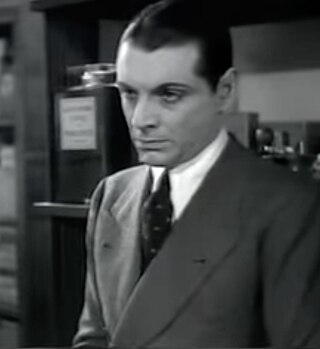
Mino Doro was an Italian actor who appeared in more than a hundred films between 1932 and 1970. Doro generally played supporting and character roles. He appeared as a blackshirt in the 1934 Fascist propaganda film The Old Guard.

Lilia Silvi was an Italian film actress. Silvi was one of several young actresses presented as an Italian equivalent to the Canadian-born Hollywood star Deanna Durbin. She appeared opposite Amedeo Nazzari, the most popular Italian star of the era, in five films.

Romolo Costa was an Italian actor and voice actor.
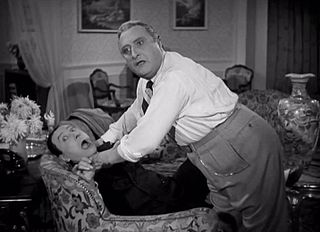
Loris Gizzi was an Italian actor.
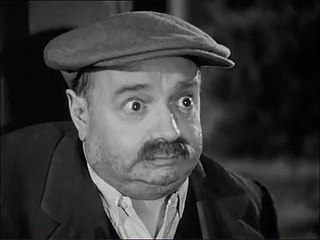
Giuseppe Pierozzi was an Italian stage and film actor.
This page is based on this
Wikipedia article Text is available under the
CC BY-SA 4.0 license; additional terms may apply.
Images, videos and audio are available under their respective licenses.


















